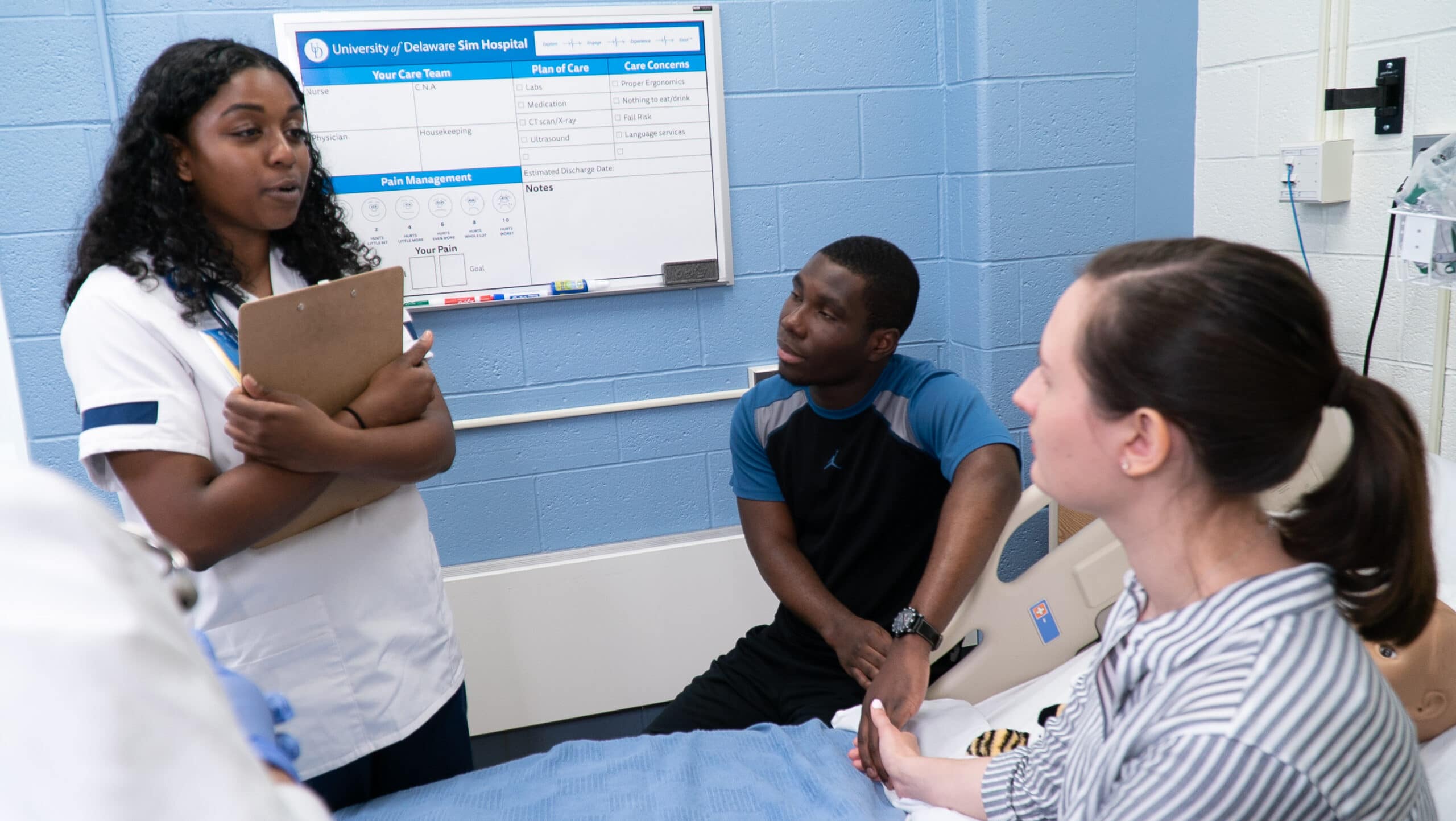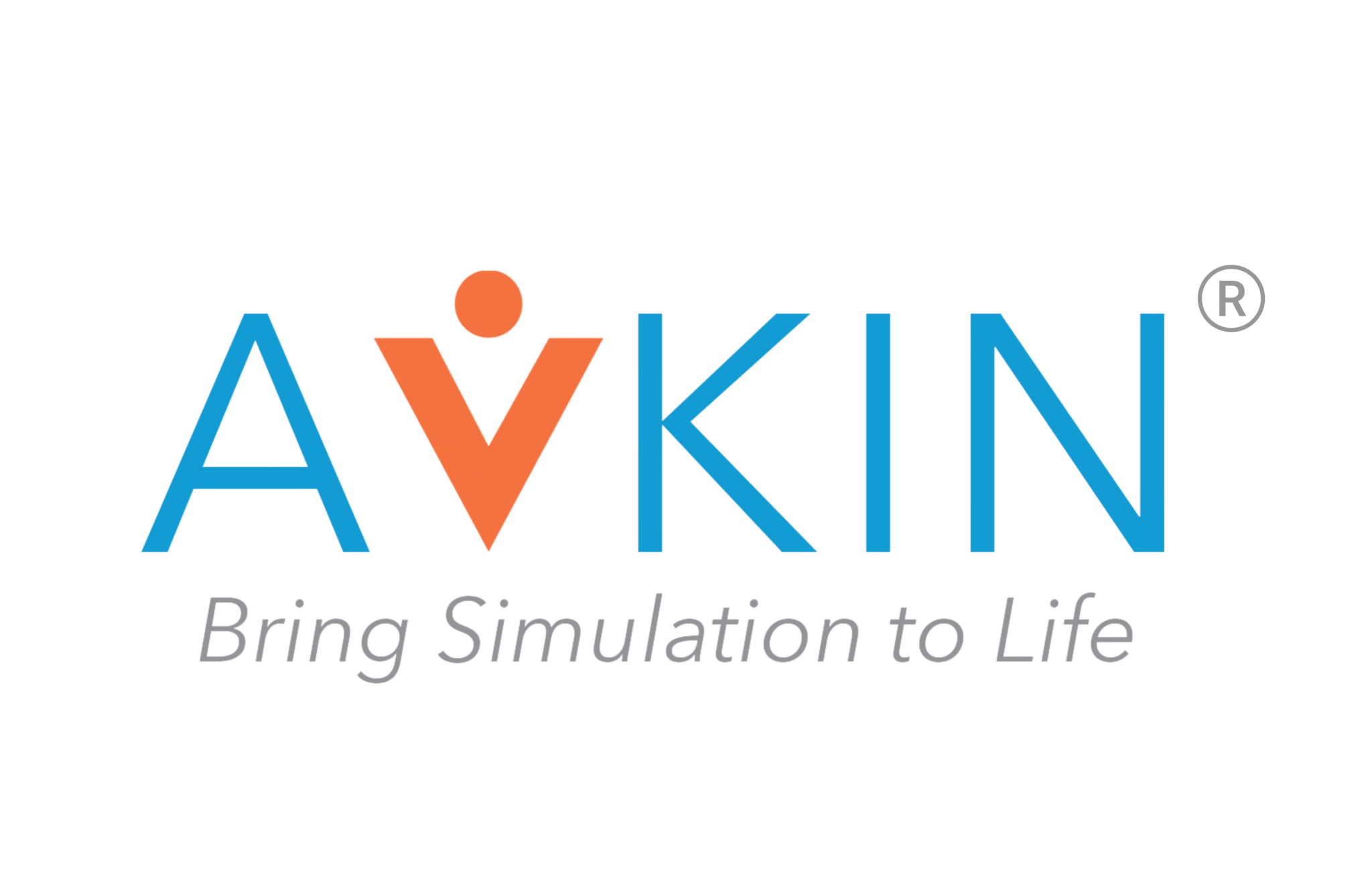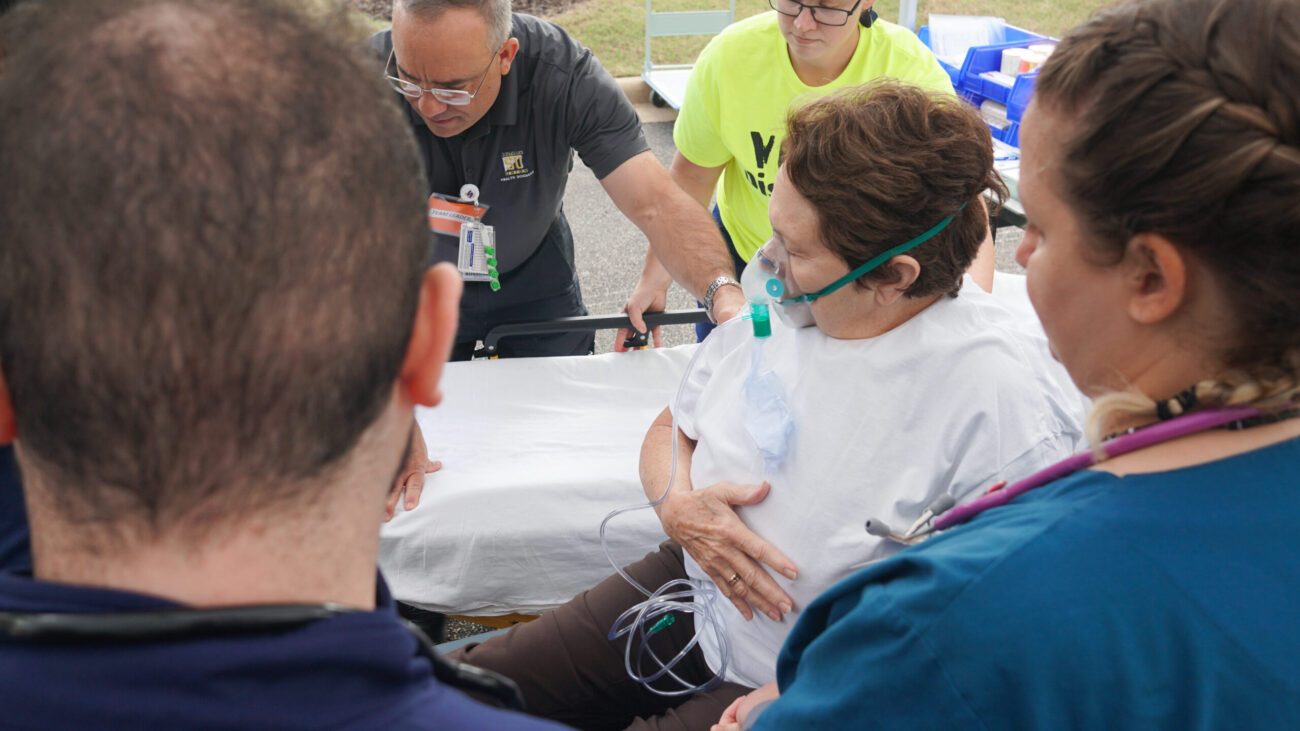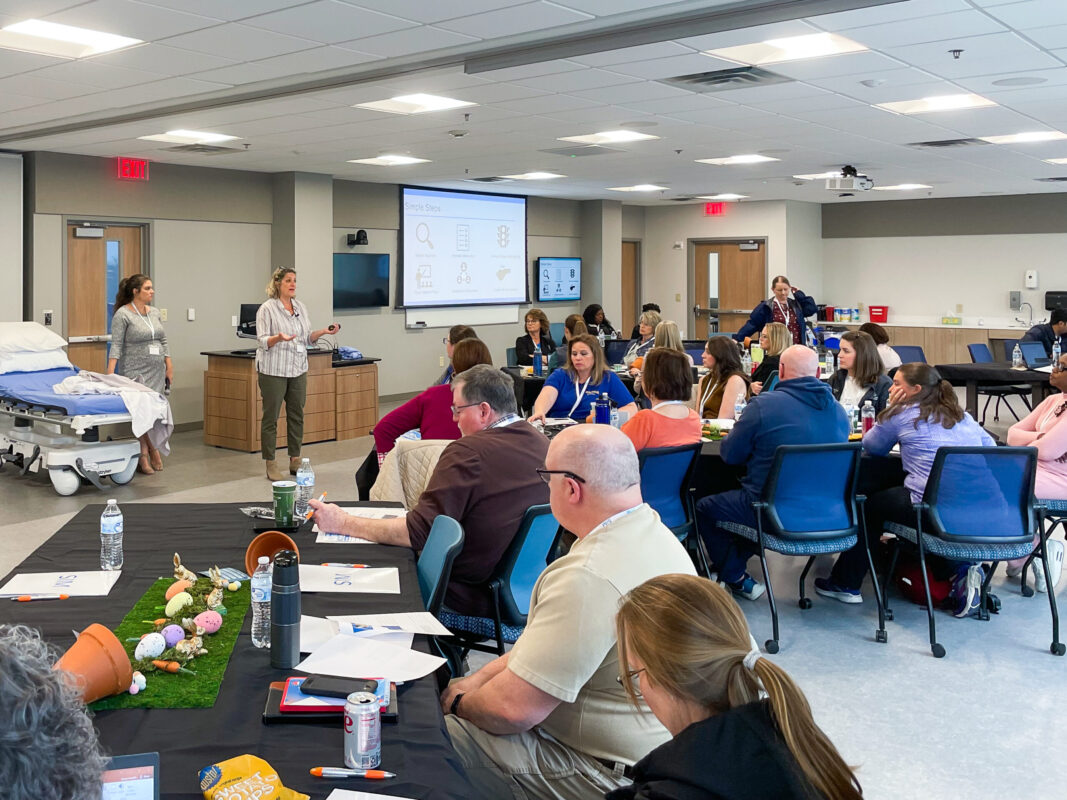3 Pillars for Ensuring Quality Standardized Patients

Including Standardized Patients (SPs) in simulations allows learners to develop their communication and technical skills by exposing them to realistic settings with live people. However, for these simulations to be effective, SPs must be properly trained.
So, we developed the 3 Pillars for Ensuring Quality Standardized Patients.
The first of our 3 Pillars for Ensuring Quality Standardized Patients is Feedback.
Standardized Patients should provide clear, non-judgemental feedback. Encourage SPs to cite a specific moment in time and explain how they felt as a patient in that moment. Further, SPs should not provide feedback with implied judgment. Standardized Patients should avoid words like “good,” “bad,” “great job” and instead describe how they felt as a patient in a specific moment.
The next pillar is Standardization.
When developing an SP program, it is important to remember both individual and team standardization. Individual standardization involves a Standardized Patient acting consistently as they make their way through different simulations. A SP shouldn’t make things easier for a learner who is struggling, and shouldn’t make it harder for those who are excelling. Team standardization involves consistency if more than one person is playing the same role. Get all SPs together and practice before the simulation starts to ensure everyone is on the same page.
The third and final pillar is Character Development.
The best way to provide a high-quality, realistic SP simulation is to encourage SPs to get in the mindset of the character they are playing. What was the character’s last 24 hours like? Are they experiencing any stressors in this situation? Consider the character on a deep level to really get into their headspace. Further, it is important that SPs know the objective, stay on point, and don’t deviate from the character outline.
Remember these three simple considerations so you can provide quality simulations for your learners.
https://vimeo.com/235215203
Interested in learning more about utilizing live people in healthcare simulations? Speak with your Avkin Solutions Consultant about implementing our SP Consulting or Wearable Simulators in your program by booking a meeting.













